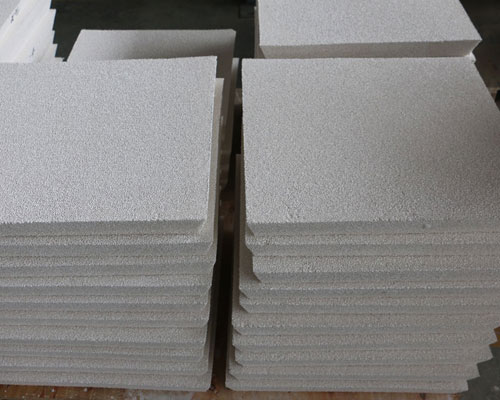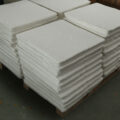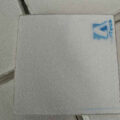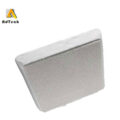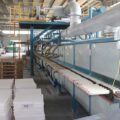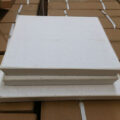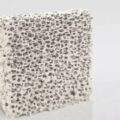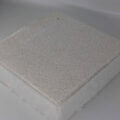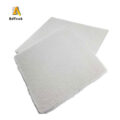Currently, there are five main types of filters used for aluminum filtration. They are: glass or ceramic fiber woven wire mesh; uncombined plate-like or spherical alumina particles packed bed; ceramic foam filter; various shapes of bonded alumina particles; extruded ceramic whole. A distinction can be made between disposable filters and multiple-use filters (porous tube filters, heated disposable filters). Bed filters and porous tube filters for aluminum filtration are often used for large-capacity, single-alloy (or series) products (such as can bodies, cans and thin foils). Although suitable for these applications, they are not cost-effective when many alloys need to be replaced or the footprint is greatly restricted.
The disposable filter meets the needs of medium filtration efficiency, easy replacement of alloys and small footprint. Filtering with ceramic foam is a complementary process to existing metal processing methods, and is widely used in ingot manufacturing and special-shaped castings. For the latter, placed in the flow channel, it can not only prevent inclusions, but also promote smooth, non-turbulent mold filling, so that re-oxidation and scum formation will not occur downstream of the filter.
The ceramic foam filter (CFF) consists of a piece of open-cell ceramic foam with different thickness and cross-sectional area. Generally, it will have an interconnected void of 85% by volume. The fineness of the filter manufacturing varies, usually 10, 20 and 30 ppi (pores per linear inch), and there is a tendency for fine pores (50, 60, 80 ppi). According to tests, as the pore size decreases, the filtration efficiency and reliability of the filtration system will increase. Another interesting observation for filtering very clean metals is that the filter performs poorly for small particle sizes (15-30 m) compared to particles in the 30 to 60 m range.
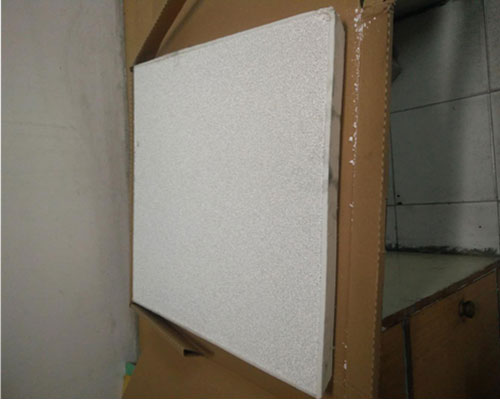
It has been found that for coarse sand, the ceramic foam filters molten aluminum filtration efficiency increases with flow rate, filter size, and low porosity, while for fine sand, the efficiency increases with decreasing flow rate.
In the interstitial channel, under static flow conditions, particles are also trapped in the so-called “dead water”. There, as long as it does not cause undue interference to the metal flow, the inclusions may form slight adhesion, loose accumulation of suspended matter, and stay without any adhesion. The cause of particle release may be a change in flow rate or vibration. Therefore, particle capture can only be controlled to a certain degree within the range of 1-30 microns, and re-entrainment of captured particles cannot be ruled out. This uncertainty can explain the hazards of these particles rather than their size. The ceramic foam filter can be installed before the casting station with minimal capital expenditure. However, it has a limited service life because inclusions will form filter cakes during use, thereby increasing flow resistance.

